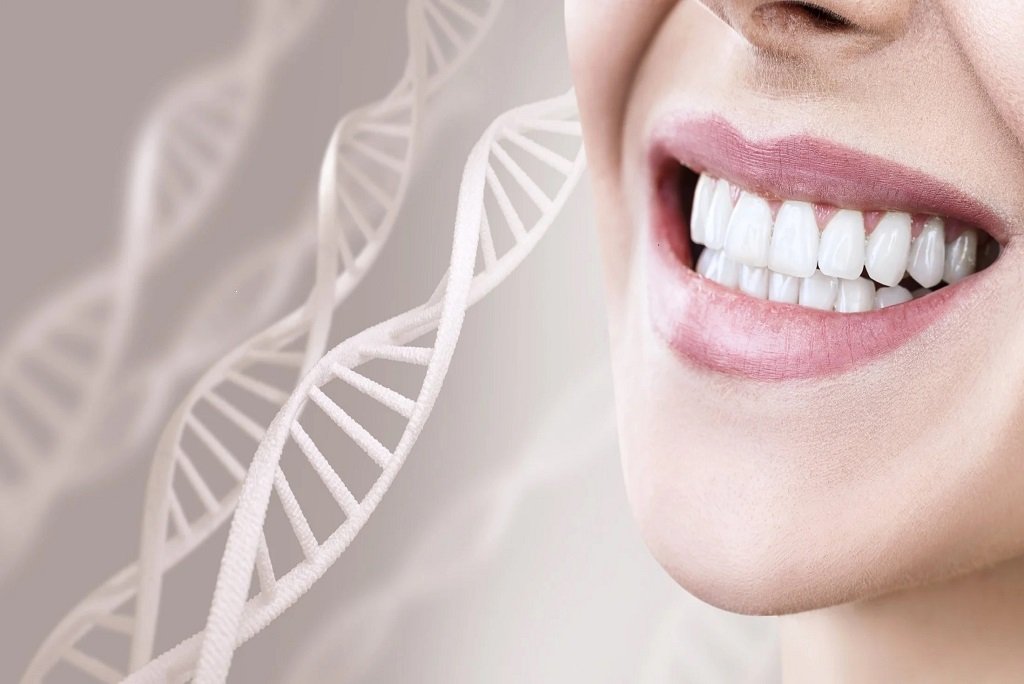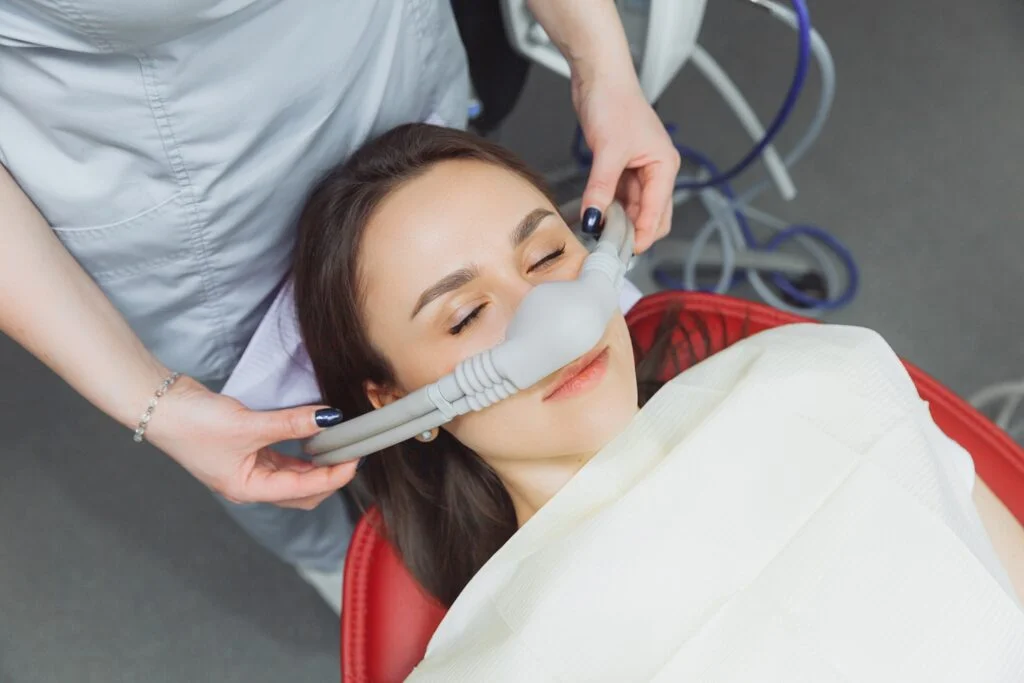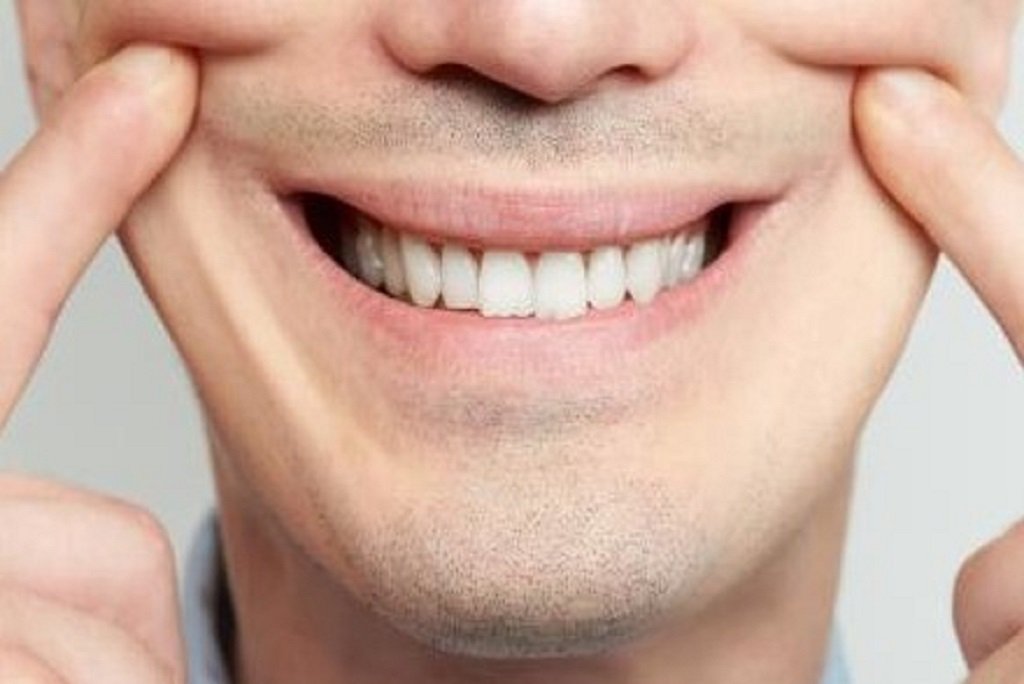Smoking After Tooth Extraction? You Might Be Asking for Trouble!
Let’s be real: no one looks forward to a tooth extraction.
But what if I told you that smoking right after could make the healing process even worse? Yup, you heard that right. Smoking and tooth extractions are a bad combo, and they could lead to a pesky condition called Dry Socket. Let’s dive into the world of tooth extractions and why your favorite smoke break should be on hold.
What is Dry Socket? (And why should you care?)
After a tooth is pulled, your body works super hard to heal the area. A blood clot forms where the tooth used to be – think of it like nature’s Band-Aid. Now, imagine if that Band-Aid just... disappeared! That’s what happens with dry socket. The blood clot is lost or dislodged, exposing the sensitive bone and nerves underneath. Ouch!
Without that clot, healing is delayed, and pain can become unbearable. If you were hoping for a smooth recovery, dry socket is a major party crasher.
Who Needs an Tooth Extraction Screening?
Can Smoking Really Cause Dry Socket?
You bet! Smoking right after an extraction can increase your chances of getting dry socket by up to 500%. That’s not a typo. Here’s why:
Suction action: When you puff on a cigarette, the suction can pull that essential blood clot right out. It’s like pulling the plug on a bathtub full of healing power.
Chemicals galore:Cigarette smoke is packed with harmful chemicals that can slow healing, mess with blood flow, and irritate your extraction site.
Dry mouthSmoking dries out your mouth, which makes it harder for your body to heal. You need saliva to keep the wound moist and happy. Dry mouth + dry socket = trouble.
How Long Should I Wait to Smoke After an Extraction?
The golden rule: 48 hours minimum. Ideally, you’d want to hold off for as long as possible (a week, if you can), but we get it, quitting isn't easy. The first two days are the most crucial because that’s when the blood clot is most vulnerable. So if you can wait just a little bit longer, you’re doing your mouth a huge favor!
What Are the Symptoms of Dry Socket?
Not sure if you have dry socket? Here are the red flags:
Pain that gets worse instead of better
An unpleasant taste in your mouth
Visible bone at the extraction site (yikes!)
Bad breath (no, it’s not just the garlic bread you had for dinner)
If any of these sound familiar, it’s time to visit your dentist.
Can You Smoke with Dry Socket?
If you’ve already developed dry socket, smoking will only make things worse. Trust us, that’s the last thing you want. It can slow down the healing process and intensify the pain. Your best bet is to avoid smoking completely until your dentist gives you the green light.
How Do I Prevent Dry Socket if I’m a Smoker?
Don’t worry, it’s not all doom and gloom! You can still reduce your risk of dry socket with a few precautions:
Wait at least 48 hours before lighting up
Ask your dentist about alternatives like nicotine patches
Rinse gently with salt water after the first 24 hours, but don’t swish too hard – you don’t want to dislodge that blood clot.
Keep your head elevated and avoid spitting or using straws (they can cause suction, just like smoking).
The Bottom Line?
Smoking after a tooth extraction is basically inviting dry socket to the party – and trust us, it’s a guest you don’t want. So, give your mouth the chance to heal properly. If you can’t resist the urge, at least wait 48 hours, take care of the extraction site, and follow your dentist’s advice. Your future self (and your mouth) will thank you!












